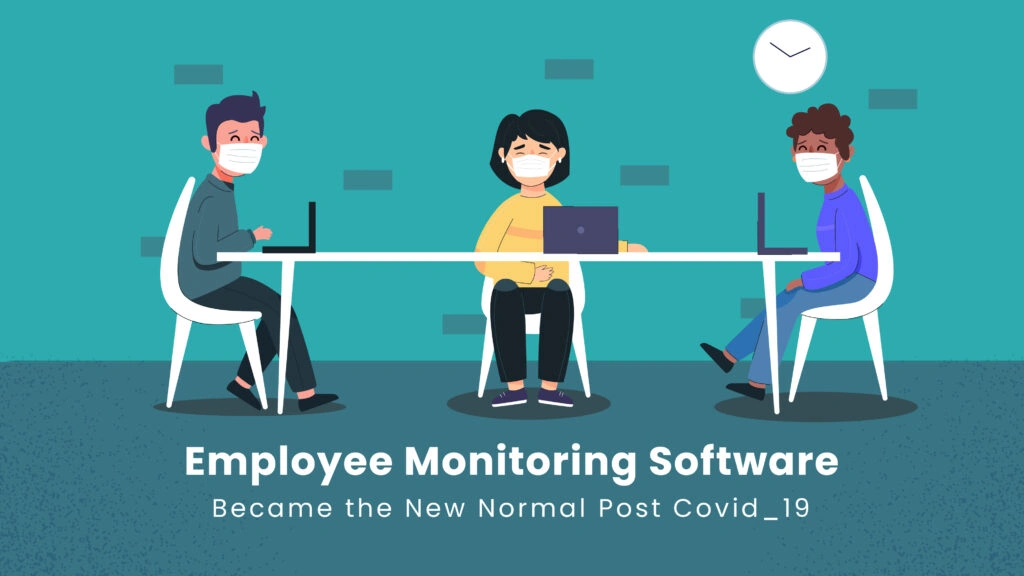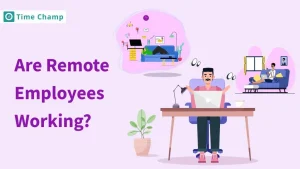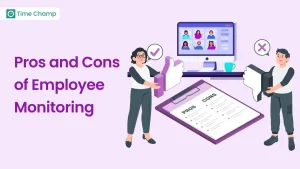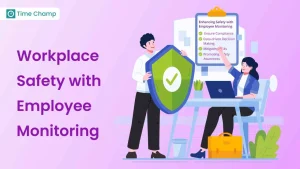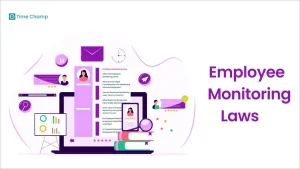The outbreak of COVID-19 in 2019 triggereda drastic change in the global workforce. With businesses grappling to adapt to remote work and maintain productivity, employee time monitoring software emerged as a vital tool to ensure operational continuity. The pandemic forced companies worldwide to reevaluate their approach to employee tracking software, transforming such employee monitoring systems from a controversial practice to a new normal.
By reading this article, you can explore how employee monitoring software became integral to the post-COVID-19 workplace and its implications on the workforce.
Importance of Employee Monitoring Software
1. The Rise of Remote Work
The pandemic shifted the working hours to remote work, with countless employees working from the safety of their homes. While this change offered flexibility and convenience, it raised concerns for employers regarding accountability and productivity. Employee time monitoring software addressed these concerns by enabling businesses to track employees’ activities, ensuring they remained focused and productive even remotely. From monitoring login and logout times to tracking application and website usage, the employee tracking software provides insights into employees’ work patterns.
2. Ensuring Data Security and Compliance
As remote work became widespread, data security and compliance took center stage—companies needed to protect sensitive information and ensure that remote work adhered to various regulations. Employee time monitoring software has integrated features like data encryption and access controls, allowing employers to safeguard critical data. Additionally, it aids in verifying that the employee monitoring system follows compliance guidelines, reducing the risk of potential legal and security issues.
3. Real-Time Collaboration and Performance Feedback
Employee time monitoring software also facilitated real-time collaboration and feedback. With features like screen sharing and instant messaging, employees could collaborate seamlessly despite physical distance. Managers could provide timely feedback on tasks and projects, fostering a sense of connectivity and teamwork among team members with the help of staff tracking software. Employee monitoring systems became crucial for maintaining productivity and team morale in the new remote work environment.
4. Employee Health and Well-being
The pandemic brought forth concerns about employee health and well-being, and employee time monitoring software played a dual role in addressing these issues. On the one hand, it allowed employers to check employees’ mental and emotional well-being through communication channels. On the other hand, monitoring software helped identify potential signs of burnout or overwork, enabling employers to implement measures to support their employees during challenging times.
5. Challenges and Ethical Considerations
As employee tracking software became more prevalent, it raised ethical and privacy concerns. Critics argued that constant surveillance might lead to employee mistrust, decreased job satisfaction, and increased stress. To mitigate these concerns, companies must balance monitoring for productivity and respecting employees’ privacy rights. Transparent communication about monitoring tools and the specific tracked data became essential for maintaining trust and fostering a positive work environment.
6. Overcoming the “Big Brother” Perception
One of the biggest hurdles for employers in adopting employee monitoring software was overcoming the “Big Brother” perception. Employees feared that constant monitoring might lead to micromanagement and stifled creativity. To address this perception, companies must emphasize the advantages of tracking regarding improved productivity, data security, and employee well-being support. Additionally, companies had to implement monitoring practices that were fair and respectful, avoiding unnecessary intrusiveness.
7. Customization and Tailored Solutions
As employee monitoring software became more widespread, businesses sought solutions catering to their needs. Software providers responded by offering customizable features and tailored solutions to suit different industries and work environments. This trend allowed companies to adopt monitoring practices aligned with their unique requirements while adhering to legal and ethical guidelines.
Conclusion
What was once considered a controversial practice became the new normal, enabling businesses to maintain productivity, ensure data security, and support employee well-being in the face of unprecedented challenges. However, with the increased use of employee monitoring software free came ethical considerations, emphasizing the need for transparency, trust, and respect between employers and employees.
As we move forward, businesses must strike the right balance between monitoring productivity and fostering a positive work environment that empowers employees to thrive in the new era of work. To balance this out, you have the best solution to reach your expectations and go beyond. Time Champ employee monitoring software allows you to tailor the features to your needs and requirements. So, organizations can experience the benefits and have a healthy environment while also getting employee productivity.
Book a demo today to see the impact of Time Champ and how you can make the most out of it.
